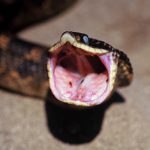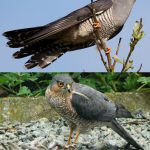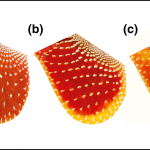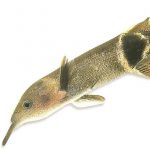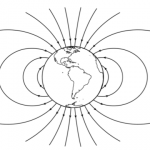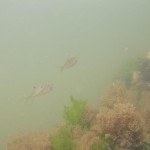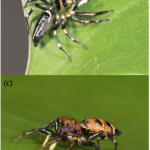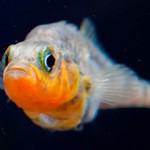This gallery contains 2 photos.
Diel Cycles in Chemosensory Behaviors of Free-Ranging Rattlesnakes Lying in Wait for Prey by Barbour and Clark 2012 Background: Sensory systems are energetically costly to develop and maintain over a lifetime. Therefore, certain systems are selected for while others … Continue reading

